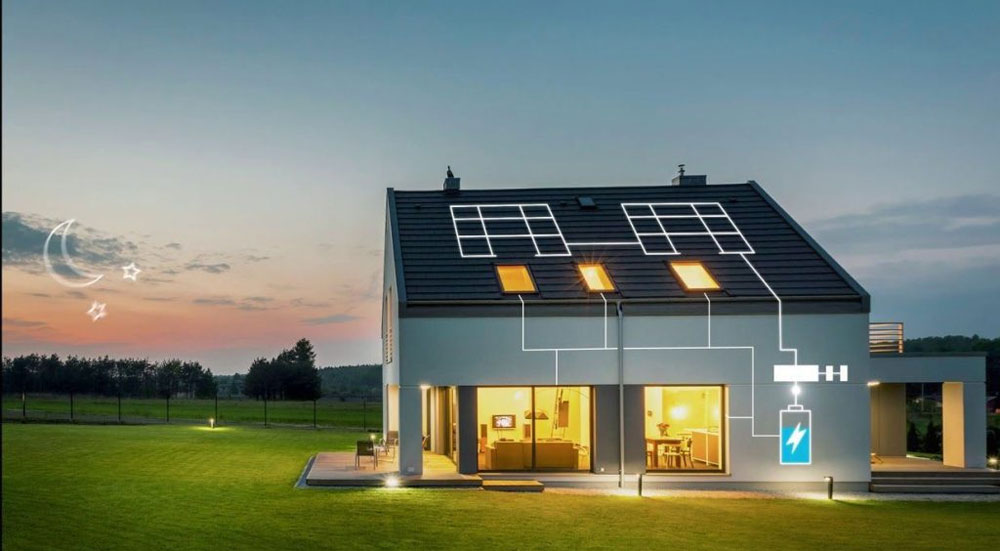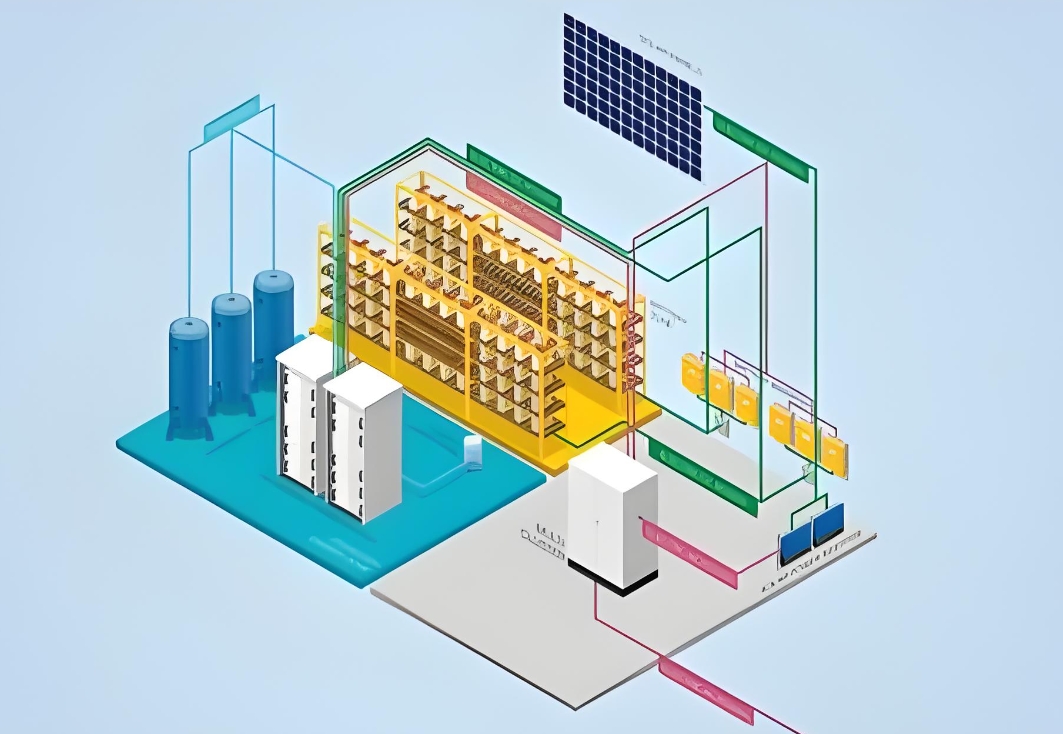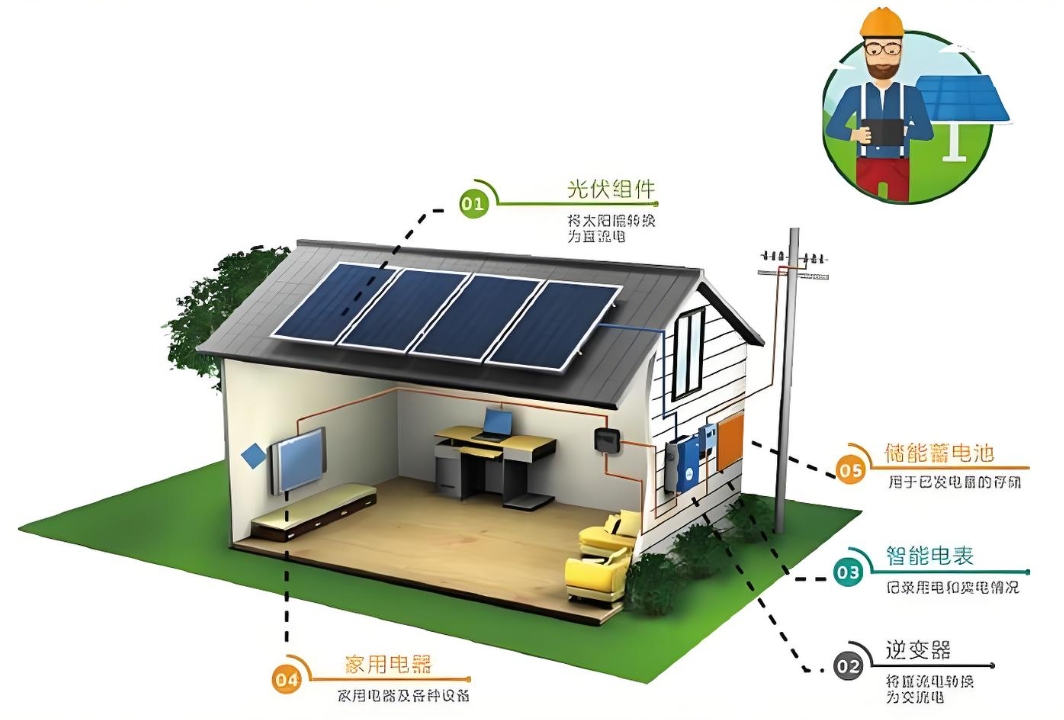Residential Solar-Plus-Storage Systems: A Cost-Effective Solution for High Electricity Bills
Introduction
Rising household electricity costs have become a pressing concern for families in many countries, particularly in regions heavily reliant on traditional energy sources or facing volatile energy markets. Amidst this challenge, residential solar-plus-storage systems are emerging as a transformative solution, offering households the dual benefits of slashing energy bills and contributing to environmental sustainability. With government incentives further enhancing affordability, these systems are increasingly becoming a mainstream choice for cost-conscious and eco-aware homeowners.
The Burden of High Electricity Costs
In countries such as Germany, Australia, and the United States, electricity prices have surged by 20–40% over the past decade, driven by factors including geopolitical tensions, aging grid infrastructure, and climate-related disruptions. For example, European households faced an average price hike of 30% in 2022 due to reduced gas supplies, while Australian families grapple with peak tariffs exceeding \$0.40/kWh in major cities. Such trends strain household budgets and highlight the vulnerability of centralized energy systems.

How Solar-Plus-Storage Systems Work
A residential solar-plus-storage system combines photovoltaic (PV) panels with battery storage to maximize energy independence:
1. Solar Panels: Convert sunlight into electricity during daylight hours.
2. Battery Storage: Stores excess solar energy for use at night, during outages, or periods of high grid prices.
3. Energy Management: Smart inverters optimize consumption by prioritizing solar self-use, battery discharge, or grid draw based on real-time conditions.
Financial Benefits: Slashing Bills and Earning Returns
By generating and storing their own electricity, homeowners can:
- Reduce Grid Reliance: Offset 60–90% of grid consumption, depending on system size and local sunlight conditions.
- Avoid Peak Tariffs: Use stored energy during expensive peak hours (e.g., 4–9 PM in California’s TOU rates).
- Sell Surplus Power: Participate in net metering or feed-in tariff programs to earn credits or revenue.
A typical 10 kW solar + 15 kWh battery system in the U.S. Southwest can save \$1,500–\$2,500 annually, achieving payback in 6–8 years with incentives.

Government Incentives Accelerating Adoption
To promote decarbonization and grid resilience, governments worldwide offer lucrative incentives:
- U.S.: 30% federal Investment Tax Credit (ITC) until 2032; state-level rebates (e.g., SGIP in California).


